✓ Joining us on our Whatsapp Channel: 💬 Explore and Escape!.
Booking through us:
✓ 🏩 🛌 Handpicked Luxury Stays in Budget: Booking.com | Agoda.com
✓ 🍹⛱️ Deals on Private xfers, SIM Cards, City tours, Day trips : 📍🗺️ GetYourGuide | 🛵🧳 Klook
If you have done the things to do in Japan, you’d know there are quite a few of them here in Fukuoka.
Unlock a world of wonders in Fukuoka, where vibrant city life and tranquil natural scenery merge in a mesmerizing fusion of flavors, colors, and cultures.
From savoring authentic ramen to exploring ancient shrines and soaking in hot springs, Fukuoka is a treasure trove of unforgettable experiences waiting to be discovered.
Without further ado listed below are some of the most fun things to do in Fukuoka:
1. Fukuoka Tower
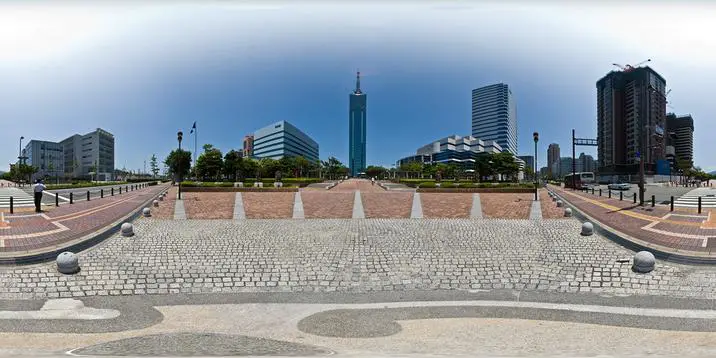
Iconic 234-meter-tall tower offering panoramic views of Fukuoka City.
What to see or do: Take the elevator up to the observation deck on the top floor and soak in the stunning views of the surrounding area.
On clear days, you can even see as far as Tsushima Island in the distance.
Don’t miss: The nightly light show where the tower is illuminated in a variety of colors, creating a stunning visual display.
Insider travel tips: – Visit during sunset for breathtaking views of the city skyline and ocean.
2. Dazaifu Tenmangu
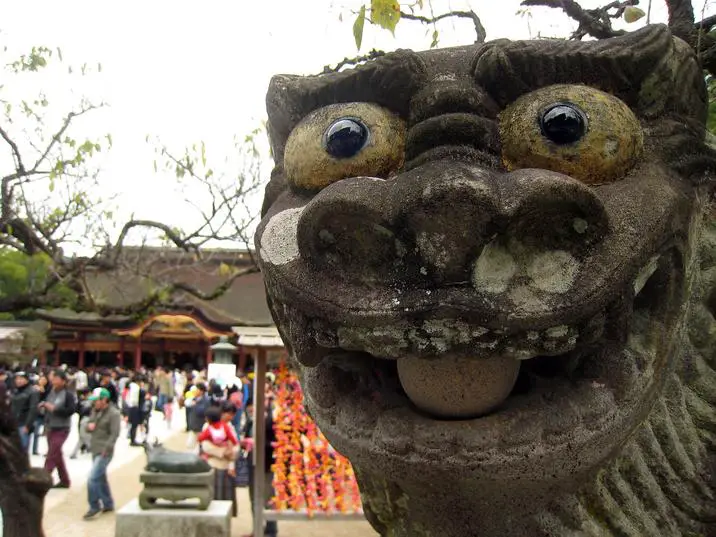
A Shinto shrine dedicated to the God of Learning, Sugawara Michizane.
What to see or do: Admire the beautiful architecture of the shrine, stroll through the tranquil gardens, and buy some of the lucky charms and talismans on sale for academic and career success.
Don’t miss: The plum garden, which is beautiful in the winter when plum blossoms are in bloom. Also, make sure to try the locally famous Umegae Mochi, a delicious sweet rice cake.
Insider travel tips: The shrine can get very crowded on weekends, so try to visit during the week if possible. It’s also a good idea to arrive early in the morning to avoid the crowds.
Don’t forget to bring cash as the admission fee is only payable in cash.
3. Ohori Park
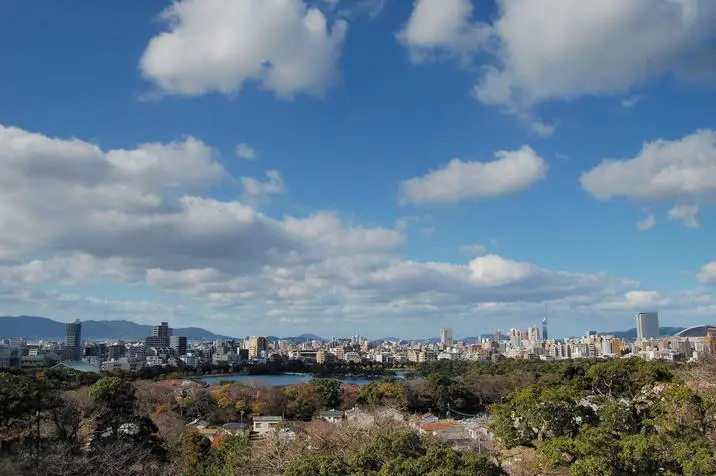
Ohori Park is a scenic urban park located in the center of Fukuoka city, Japan.
What to see or do: Visitors can enjoy a leisurely stroll around the park’s large pond, which is connected by several picturesque bridges. The park features walking trails, paddleboats, gardens, and a Japanese-style tea house.
The Fukuoka Art Museum is located within the park, showcasing a variety of contemporary and traditional artworks.
Don’t miss: The park is especially beautiful during the cherry blossom season in spring, when the trees around the pond are in full bloom.
Be sure to also check out the annual Fukuoka Castle Sakura Festival held in the park.
Insider travel tips: Renting a paddleboat and exploring the pond is a fun and unique way to experience the park. Bring a picnic blanket and enjoy a relaxing afternoon by the water.
Parking can be limited, so it’s best to take public transportation or walk to the park.
4. Canal City Hakata
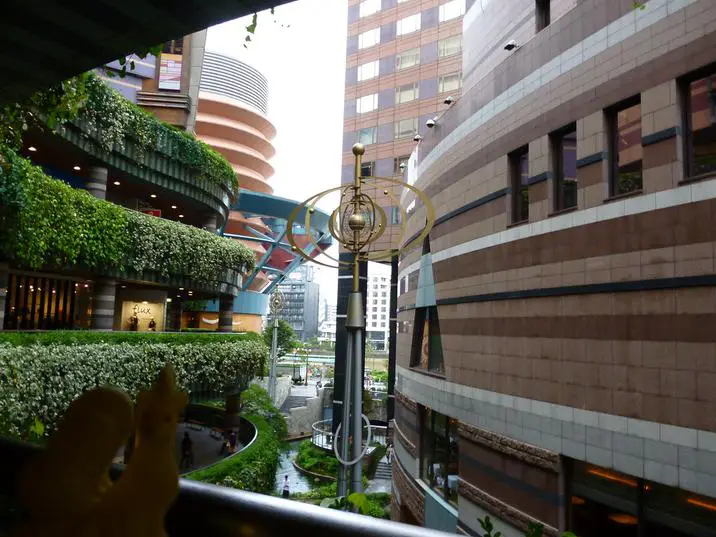
Canal City Hakata is a large shopping and entertainment complex located in the heart of Fukuoka.
What to see or do: Explore the impressive interior design of the complex which features a network of canals, fountains and bridges, as well as a cinema, a theatre, and a wide range of shops and restaurants.
Don’t miss: Be sure to catch the daily water show at the central fountain area, which includes music, lights and water effects.
Insider travel tips: Try to visit Canal City Hakata during a weekday as weekends can get very crowded.
If you’re a fan of ramen, be sure to check out the Ramen Stadium on the fifth floor to sample some of the best ramen in Fukuoka.
5. Yanagawa River Cruising
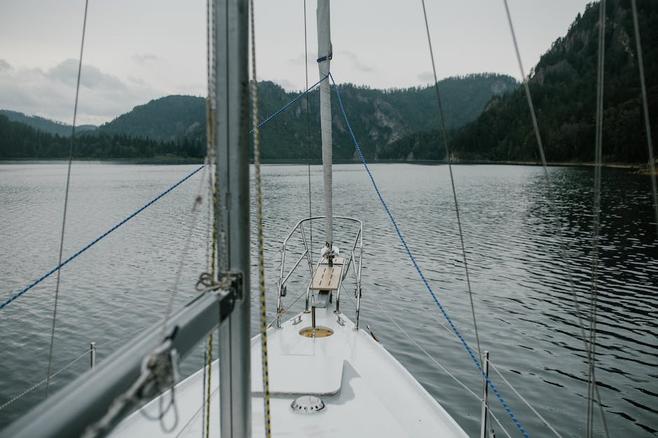
Scenic boat tour along the canals of Yanagawa, Fukuoka.
What to see or do: Enjoy the beautiful views of the surrounding countryside and traditional Japanese houses. Learn about the town’s history through the designated audio guide.
Feast on traditional eel dishes during the ride.
Don’t miss: The impressive view of the cherry blossoms during spring, which adds a magical touch to the scenic boat ride.
Insider travel tips: Yanagawa is a small town, and the boat ride is popular among tourists. Arrive early to avoid queues and secure a good seat.
It’s advised to book tickets in advance. Remember to bring a reusable water bottle, snacks and sunscreen.
6. Hakozaki Shrine
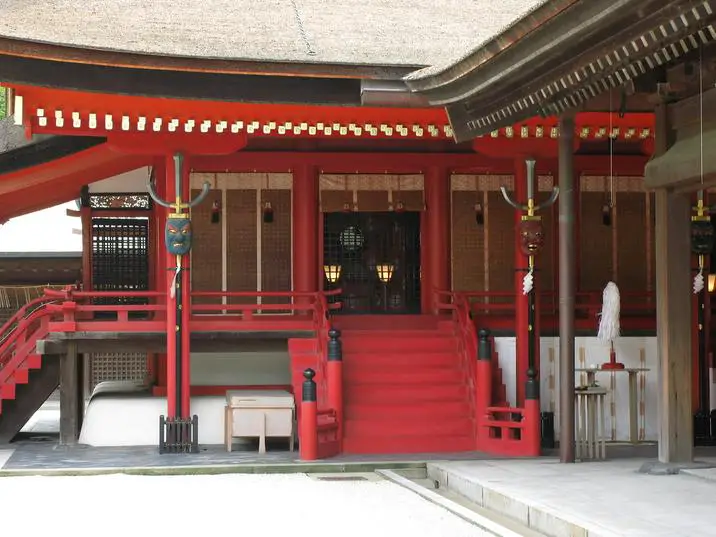
Hakozaki Shrine is a Shinto shrine located in Fukuoka, Japan.
What to see or do: – Marvel at the impressive architecture of the main hall, which was built in the early 17th century.
Don’t miss: – The unique “ema” prayer plaques shaped like cows, which are believed to bring good luck and fertility.
Insider travel tips: – Avoid visiting during peak hours on weekends and holidays to avoid crowds.
7. Fukuoka City Museum
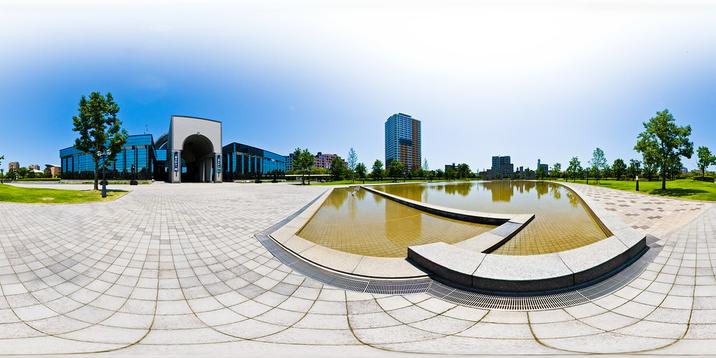
The Fukuoka City Museum is a modern museum that exhibits the history and culture of Fukuoka city from ancient times to modern day.
What to see or do: Visitors can learn about the city’s history and see various exhibits and artifacts that showcase the cultural heritage of the area.
The museum has a wide collection that varies from archaeological finds to modern art installations.
Don’t miss: Don’t miss the chance to see the reconstructed residences of ancient people that demonstrate their traditional lifestyle. Also, the museum’s roof deck provides stunning views of the city.
Insider travel tips: Visit the museum during the weekdays to avoid crowds. There’s a 10% admission fee discount for students and senior citizens.
The museum is conveniently located near Ohori Koen station, allowing visitors to reach it easily by subway.
8. Yusentei Garden

Yusentei is a traditional Japanese garden located in Fukuoka, Japan.
What to see or do: Stroll through the intricate paths and observe the meticulously planned landscapes, featuring a central pond, rocks, waterfalls, and plants. Admire the stunning beauty of the garden decorated with cherry blossom trees and vibrant foliage during the fall season.
Don’t miss: The garden’s Shoin, a traditional Japanese-style hall, and its garden view. Also, check out the nearby Fukuoka Castle ruins and the Hakata Machiya Furusatokan museum.
Insider travel tips: Visit the garden early in the morning, or during weekdays, to avoid crowds. Bring a camera, and take some photos from the tea-house overlooking the pond.
Wear comfortable shoes since you will be doing a lot of walking.
9. Sumiyoshi Shrine
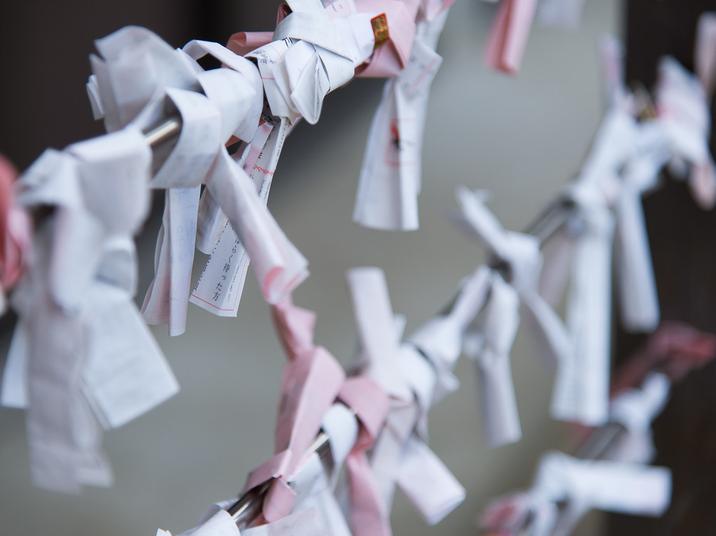
A Shinto shrine in Hakata-ku, Fukuoka, Japan.
What to see or do: The shrine is dedicated to the Sumiyoshi Sanjin, the three gods of sea.
Visitors can explore the grounds, admire the architecture, and take part in traditional rituals such as purification with water and prayers.
Don’t miss the iconic red bridge that leads to the main shrine building.
Insider travel tips: If you visit during summer, don’t miss the Sumiyoshi Shrine Festival, a lively event with a large parade and taiko drumming performances.
Also, the surrounding neighborhood of Sumiyoshi is an old-fashioned area with many traditional Japanese houses and shops, worth exploring for a taste of the local culture.
10. Nokonoshima Island
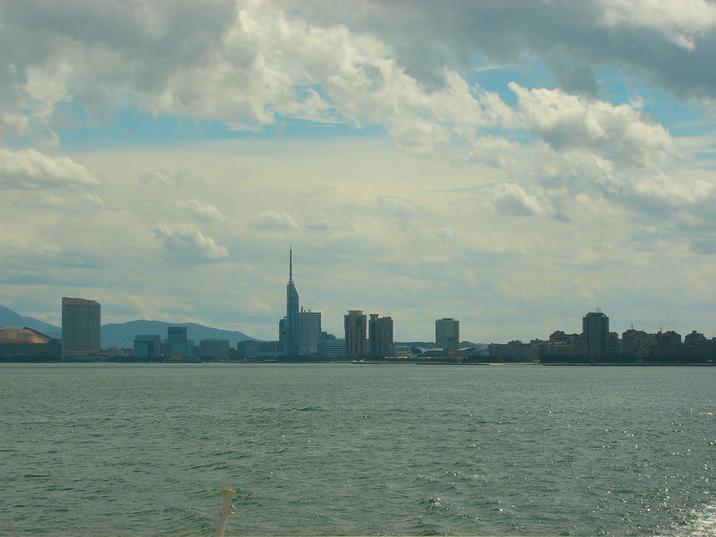
A small island located in the bay of Fukuoka, Japan, known for its scenic beauty and outdoor activities.
What to see or do: Enjoy the island’s stunning landscape by hiking, cycling or taking a stroll through its beautiful gardens. Take a dip in the island’s unique outdoor pool, or relax on the picturesque beaches.
You can also enjoy a round of golf or visit one of their famous strawberry farms.
Don’t miss: A visit to Nokonoshima Island Park to see the blooming flowers in spring and autumn. Don’t forget to try their freshly made strawberry ice cream and other local delicacies.
Insider travel tips: Take a ferry from Meinohama Port to reach the island in just 10 minutes. Plan your visit during the off-peak season, preferably on weekdays, to avoid the crowds.
Bring snacks and drinks with you as there are not many shops and restaurants on the island.
11. Tochoji Temple
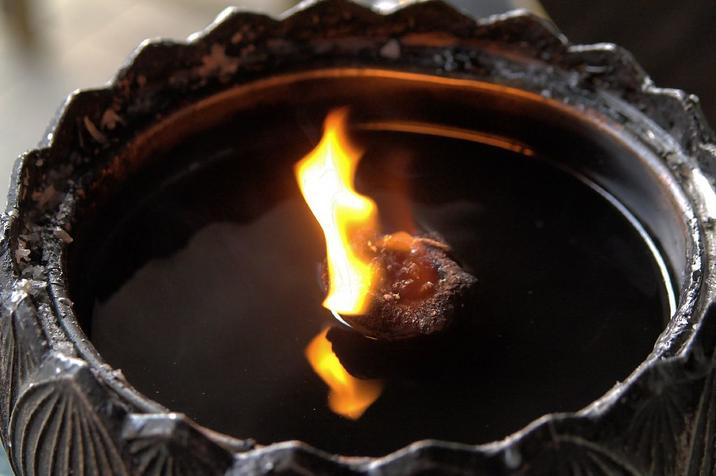
Tochoji Temple is a Buddhist temple located in the heart of Fukuoka, Japan, and is known for its impressive architecture, intricate carvings, and historical artefacts.
What to see or do: The temple has a large main hall where you can find a 10 meter-tall wooden statue of Buddha, which is one of the largest indoor Buddha statues in Japan, as well as an impressive set of 108 bronze statues called “Kannon’s 108 Temples” that represent each of the 108 sins in Buddhism.
Don’t miss: One of the highlights of Tochoji Temple is the impressive futuristic-looking gate that stands at the entrance called the “Great South Gate” or Nandaimon.
It is adorned with detailed carvings of dragons and other mythical creatures.
Insider travel tips: – If you visit the temple in the evening, make sure to check out the illumination display which showcases the temple’s beauty in a whole new way.
12. Uminonakamichi Seaside Park
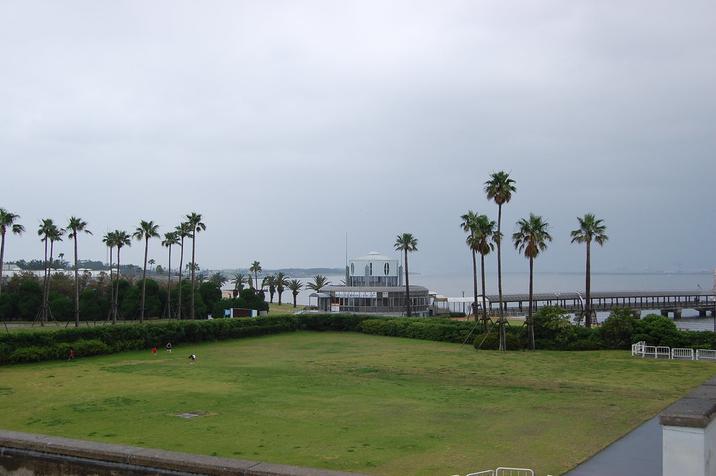
Uminonakamichi Seaside Park is a sprawling park located on the narrow peninsula that extends into Hakata Bay in Fukuoka, Japan.
What to see or do: The park features a variety of attractions including flower gardens, animal enclosures, cycling trails, playgrounds, and event spaces. Visitors can enjoy a scenic train ride, rent bicycles, or take a stroll around the ponds and gardens.
There are also several beaches and swimming areas for those looking to cool off during the summer months.
Don’t miss: One of the park’s main attractions is the flower garden, which features over 300 varieties of flowers in bloom throughout the year.
Another must-see is the Marine World aquarium, which houses a variety of marine life including dolphins, sea lions, and penguins.
Insider travel tips: – Consider visiting during the autumn season when the fall foliage is at its peak.
13. Fukuoka Asian Art Museum

The Fukuoka Asian Art Museum is a contemporary art museum that showcases a diverse collection of art from Asia and the Middle East.
What to see or do: Visitors can explore exhibits highlighting various art forms such as paintings, sculptures, ceramics, and textiles, all created by talented artists from different countries.
The museum also hosts events, workshops, and programs throughout the year.
Don’t miss: The highlight of the museum is their permanent collection which spans over 8,000 pieces and includes both traditional and modern art.
Don’t miss the chance to see iconic works such as a massive Buddha statue and the impressive collection of Indian sculpture.
Insider travel tips: The museum is closed on Wednesdays, so plan your visit accordingly.
Be sure to check out the museum shop on your way out – it has a great selection of unique and artistic souvenirs for you to take home.
If you’re strapped for time, there’s a compact version of the museum called the FAAM Annex located nearby.
14. Shofukuji Temple
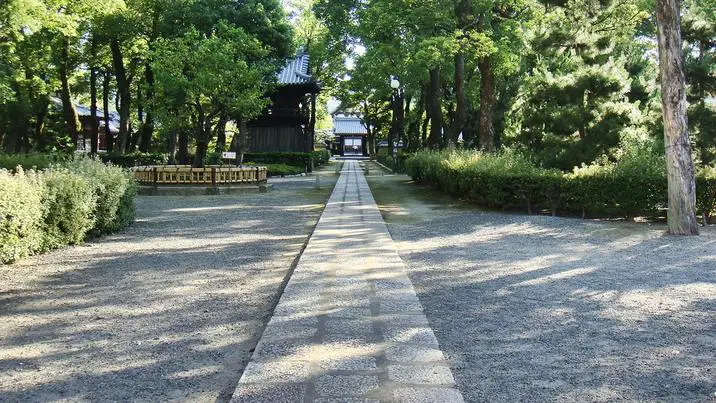
Shofukuji Temple is regarded as the first Zen temple in Japan and was founded by the priest Eisai in 1195.
What to see or do: Visitors can explore the beautiful temple grounds and admire the traditional architecture. Shofukuji is also home to several important National Treasures including the Miei-do Hall and the San-mon Gate.
Don’t miss: One of the key highlights of Shofukuji is the unique blend of Chinese and Japanese cultures that can be seen throughout the complex.
Be sure to check out the beautiful rock garden which is one of the finest examples of Zen landscaping in Japan.
Insider travel tips: To get the most out of your visit, consider attending one of the temple’s meditation sessions or participating in a traditional tea ceremony.
It’s also worth timing your visit for the spring when the cherry blossoms are in full bloom.
15. Kashiigu Shrine
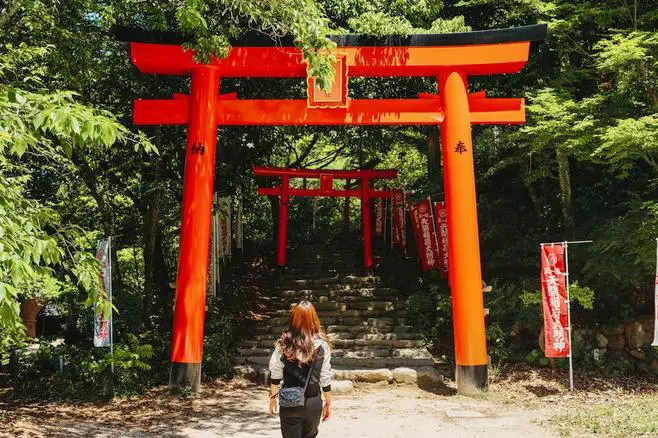
Kashiigu Shrine is a Shinto shrine located in Fukuoka, Japan. It is known for its unique torii gate made from volcanic rock.
What to see or do: Visitors can explore the lush grounds of the shrine and take in the stunning views of the surrounding mountains.
The main attraction is the torii gate made from volcanic rock, which is said to have been carried from a nearby mountain by the deity worshiped at the shrine.
Don’t miss: Be sure to see the impressive collection of ema, or wooden prayer plaques, which feature intricate designs and artistic inscriptions.
Insider travel tips: It’s best to visit Kashiigu Shrine during the autumn months, when the leaves of the trees surrounding the shrine turn vibrant shades of red and orange.
Also, be sure to wear comfortable shoes as the path leading up to the shrine can be steep and rocky.